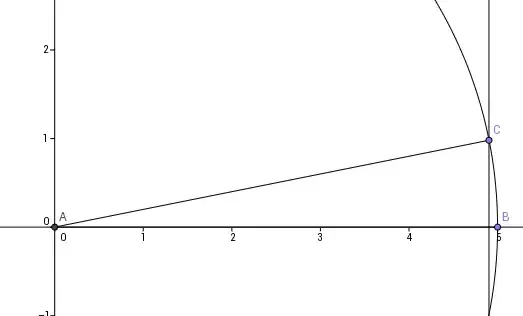I haven't touched Physics and Math (especially continuous Math) for a long time, so please bear with me.
In essence, I'm going over a few Physics lectures, one which tries to calculate the Force exerted by uniform magnetic field on a semi circular current carrying wire.
The mathematics that puzzles me is this, that:
$$ \sin(d \phi) \thickapprox d\phi $$
where $d\phi$ is very small. Link to video.

